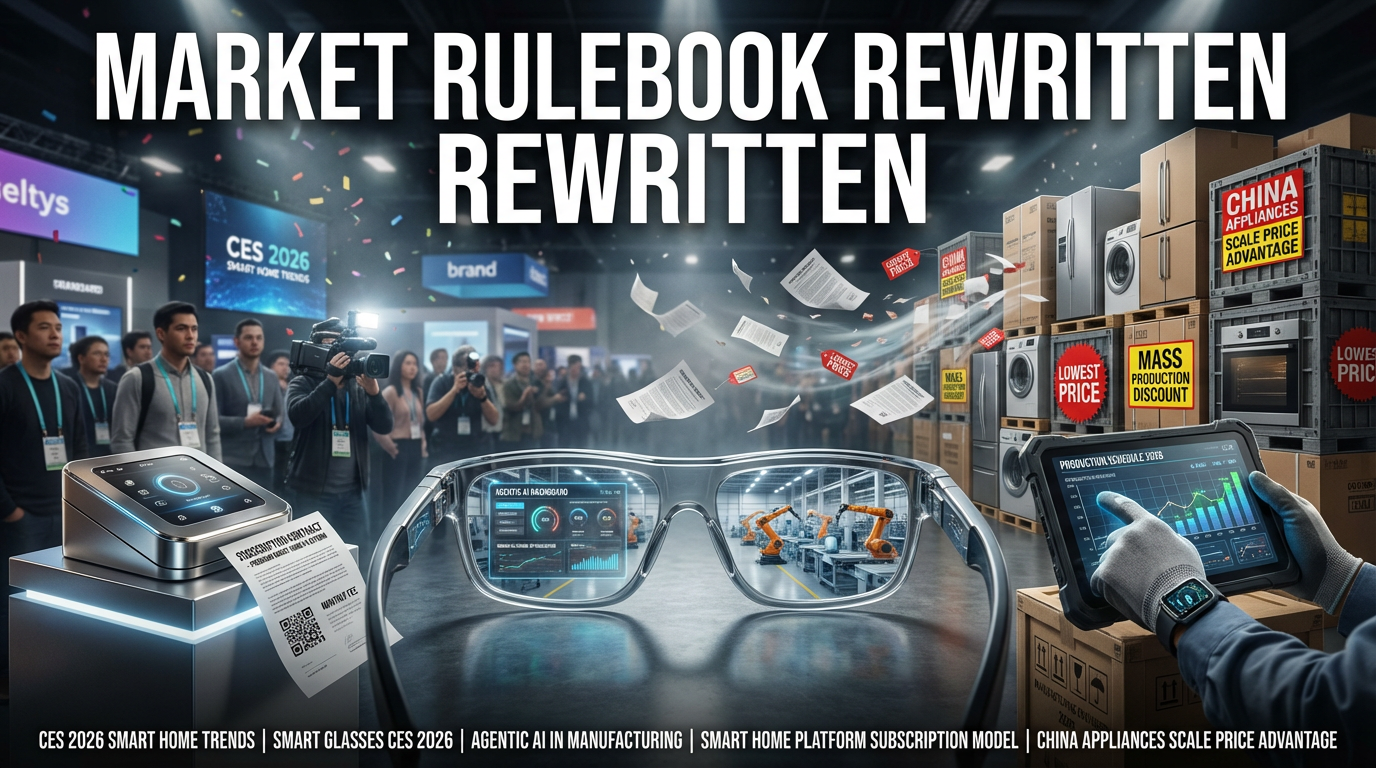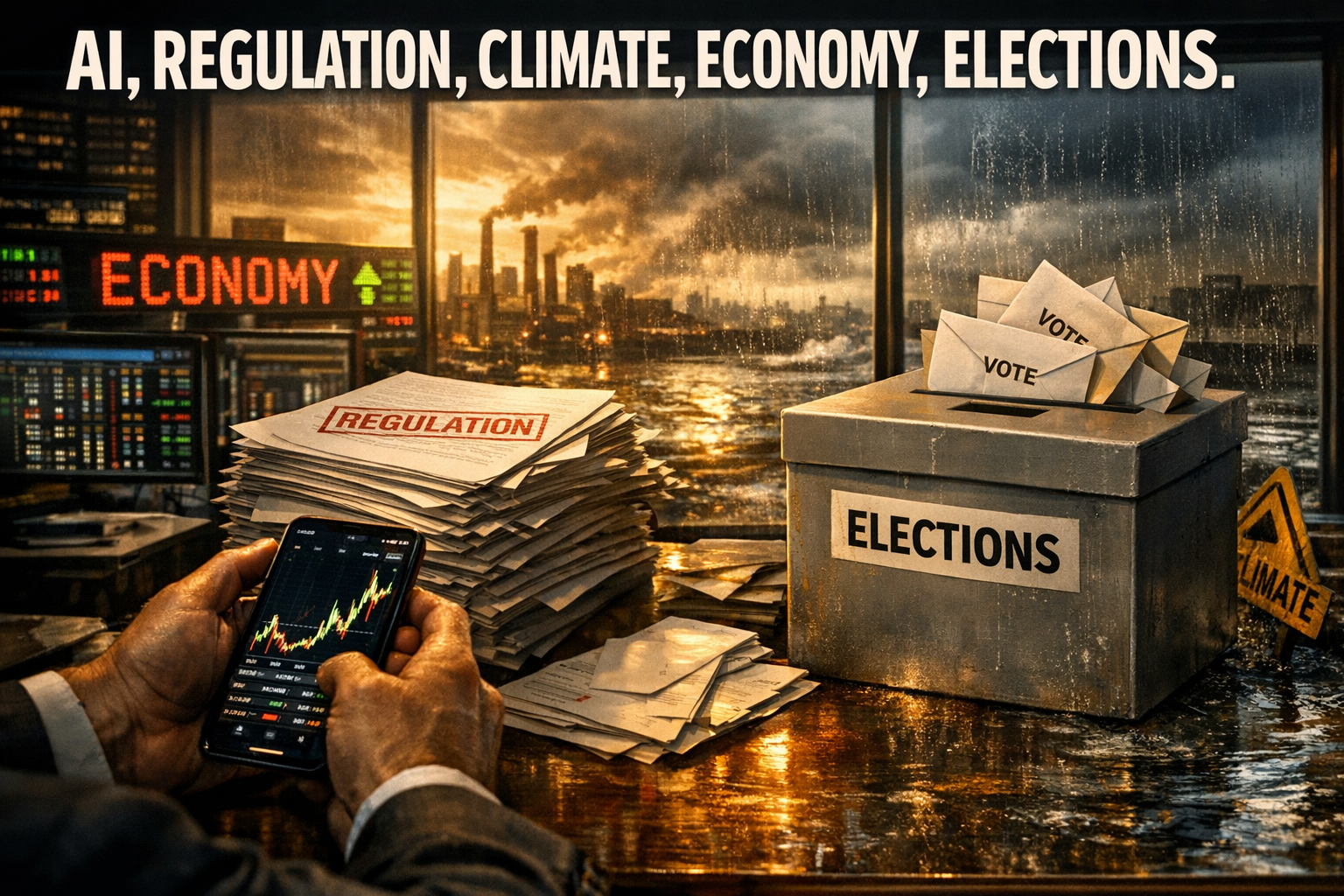● Crypto Fuels Climate Cash-USDC Powers Carbon Boom
Linking US USDC with the Carbon Credit Market: Future Outlook for Digital Assets and Climate Finance
Key Takeaways Preview
USDC’s adoption as a settlement currency for carbon credit trading signals a new convergence of digital assets and climate finance.From the integration of traditional finance with blockchain technology and the expansion of the RWA market through real-world asset tokenization, to South Korea’s strategy for advancing digital carbon finance—all contents are explained in detail chronologically, so please read to the end.
1. Global Economic and Digital Asset Innovation
Recently, USDC, a stablecoin operated by Circle in the U.S., has been adopted as a settlement method for carbon credit transactions.This move demonstrates that digital assets can play a pivotal role not only as investment opportunities but also in actual greenhouse gas reduction and climate finance.Keywords such as economic outlook, global economy, blockchain, digital assets, and climate finance are at the core of this transformation.
2. Tokenization Technology and Real-World Asset Integration
Tokenization is a technology that converts real-world assets, such as carbon credits, artworks, and gold, into unique digital units on a blockchain.This technology enhances asset liquidity and enables transparent transaction settlement and tracking based on distributed ledgers.The introduction of such new technologies opens up various possibilities for digital asset utilization in the global economy.
3. U.S. Leading Cases and Global Market Expansion
Within the U.S., various platforms such as Carbonmark and Toucan Protocol are facilitating transactions where carbon credits can be instantly purchased or retired using USDC.According to international market analysis firms Refinitiv and S&P Global, the global carbon credit market size in 2023 is estimated to be approximately $949 billion, having grown more than fourfold compared to 2019.Experiments involving stablecoins and digital payments are also accelerating in Japan, Australia, and Singapore, while China recognizes carbon credits as collateral assets akin to real property rights.
4. South Korea’s RWA Market and Digital Carbon Finance Challenge
The South Korean government is promoting the creation of an RWA (Real-World Asset tokenization) ecosystem through the establishment of digital asset exchanges and the issuance of Won-based stablecoins.Carbon credits, in particular, are closely linked to ESG policies and government-led ETS operations, leading domestic financial institutions to already allocate assets to various climate finance products such as carbon credit funds, ESG bonds, and blue carbon.Some banks and securities firms are expanding investments in domestic and international ETS-linked platforms and blockchain-based carbon trading infrastructure, seeking opportunities to become a hub for digital carbon finance.
5. Carbon Credit Market Mechanisms and Strategic Impact
The carbon credit system operates such that companies reducing greenhouse gas emissions can sell their surplus credits, while excessive emitters face increased costs through additional purchases.This structure acts as a strong incentive for companies to make strategic choices for carbon emission reduction—for example, expanding investments in CCS (Carbon Capture and Storage) and CCUS (Carbon Capture, Utilization, and Storage) technologies.Consequently, the introduction of stablecoins and digital assets is expected to bring innovation to both the traditional financial system and the environmental and climate finance sectors.
6. Future Outlook and Conclusion
Stablecoins are establishing themselves as essential payment infrastructure, bridging the gap between financial systems and digital asset markets.As various countries worldwide, following the U.S. example, delve into experiments linking digital payments with carbon credits, the global economy is embracing a new climate finance paradigm.South Korea also possesses the potential to join this trend and emerge as a leader in digital carbon finance innovation.
[Related Articles…]Digital Carbon Finance, Changing the Future |Global Economic Innovation Led by Stablecoins
*Source:

● AI Triggers Global Economic Upheaval – Jobs, Industries Rocked
The AI Era and Global Economic Outlook: Changes and Challenges
1. The Footprints of AI Innovation, Beginning with Education and Research
My dedication to research since my university days has formed the foundation for the development of artificial intelligence (AI) technology today. In-depth research during my undergraduate and graduate studies was the first sign foreshadowing AI’s impact on the entire economy. My experience participating in world-class AI research, especially at the University of Toronto, provided significant insights into the global economy and future predictions. These experiences laid the groundwork for innovative ideas and the beginning of industrial change.
2. Accepting Reality As It Is: Mindset for the AI Era
Instead of regretting the past, it is essential to face reality soberly. We are already confronted with the challenges of economic outlook and job redefinition amidst AI’s remarkable advancements. A mindset focused on future prediction, overcoming failures and mistakes, plays a crucial role in overcoming the uncertainties of the global economy. Along with this, it is necessary to closely observe the trends of industrial change and technological innovation.
3. The Great Transformation of Future Industries Led by AI
Currently, AI goes beyond simple information retrieval, directly editing and improving outputs. This digital transformation portends revolutionary changes in economic outlook and industrial structure. According to future predictions, as the tasks AI can perform expand, human occupations and technology usage patterns will undergo significant changes. There is a high probability of creating new business models in various fields while increasing productivity and efficiency.
4. The Ripple Effect of AI on the Global Economy
The advancement of AI technology is deeply influencing the global economy and market dynamics. Economic outlook experts are paying attention to the ripple effects of industrial change and technological innovation that AI will bring. Specifically, key keywords such as artificial intelligence, future prediction, and industrial change play a vital role in analyzing today’s economic trends. These changes not only reshape existing jobs and business models but also offer new opportunities and challenges simultaneously.
5. Future Prediction and Response Strategies
How to balance tasks that AI can replace with unique human capabilities is an important economic debate. Future predictions suggest that a day will come when AI actively operates in all fields, beyond simple tasks. As a corresponding strategy, it is necessary to promote the restructuring of existing industries and economic development through innovation and adaptation. It is necessary to closely examine current economic trends through core SEO keywords such as global economy, economic outlook, artificial intelligence, future prediction, and industrial change.
[Related articles…]Economic Implications of AI InnovationIndustrial Change and Future Prediction
*Source: SADAM – Science Adam
[한글더빙] “그날이 오면…” ChatGPT 창립자, 인류를 향한 경고🔥
● Recession-Proof Style- Midlife Fashion’s Investment Secrets.
Essential Wardrobe Items and Fashion Strategies for Elegant Middle-Aged Adults, Plus Consumer Trend Analysis
00:15 Greeting to Subscribers and Core Introduction
Today, we will intensively analyze essential items that elegant middle-aged adults absolutely cannot do without, seven unavoidable fashion mistakes, and two ways to style the same clothing to look as luxurious as designer brands. In this article, we will also explore how the core points of middle-aged fashion and timeless items connect with economic and consumer trends. Furthermore, we have reinterpreted CEO Lee Se-ryeong’s fashion philosophy to be easily understandable, along with insights into investment, financial markets, and market trend analysis related to global economic forecasts. Now, let’s look at the content in order.
00:29 “Discard These Now” – 7 Middle-Aged Fashion Mistakes
In the early part of the video, we introduce seven common fashion mistakes that middle-aged adults often make, compressed into a concise list. Poor fashion choices can go beyond mere style issues, potentially involving risks similar to global economic investment patterns related to consumer psychology. Through this, you can also glimpse insights into the correlation between luxury consumption, economic uncertainty, and consumer sentiment. In this way, by simultaneously examining risk management in investment and mistakes in fashion, we also hint at core risk management strategies related to financial markets.
02:49 How to Wear the Same Clothes Luxuriously Like Designer Brands – First Strategy
It emphasizes that even with the same item, a single detail can add luxury. Meticulous styling is akin to a delicate approach like ‘investment’ in the global economy. Just as small changes alter the overall image, and meticulous investment strategies determine performance in financial markets, small details make a difference in fashion. Therefore, CEO Lee Se-ryeong’s tips evoke core principles of market trends and investment strategies, going beyond mere luxury consumption.
05:50 How to Wear the Same Clothes Luxuriously Like Designer Brands – Second Strategy
The second method reveals the secret to making even plain items sophisticated through the combination of accessories and wearing styles. This approach is similar to ‘diversified investment’ in economics, aligning with the principle that a harmonious combination of various elements promotes stability and growth in financial markets. From this perspective, consumers can learn how to reduce risk by combining various options not only in fashion but also in economic investment.
07:28 ‘Just Remember This’ – Key Points of Middle-Aged Fashion
The essence of middle-aged fashion is not merely dressing well, but in creating an image of confidence and stability. Similarly, in the global economy, securing a clear investment philosophy and market stability is crucial. Here, key SEO keywords such as ‘market trends’, ‘economic forecast’, ‘investment’, ‘financial market’, and ‘global economy’ naturally emerge. The principle by which confident consumers exert influence in the market lies precisely here.
09:22 Must-Have Timeless Fashion Items
Finally, we introduce essential timeless items that should not be forgotten. These items transcend mere fashion, symbolizing unchanging value and stability even in uncertain markets. Like ‘safe assets’ in the investment world, the timeless fashion items chosen by middle-aged adults are linked to financial market stability, demonstrating that they are trustworthy items for consumers. In global economic forecasts, these essential elements are always noteworthy keywords.
< Summary >We analyzed elegant middle-aged fashion mistakes and luxury styling strategies chronologically, from 00:15 to 09:22. We explored seven common fashion mistakes made by middle-aged adults, two methods to make the same items look like designer brands, as well as core points and the significance of timeless fashion items. Concurrently, we naturally included key keywords related to global economy and economic forecast, such as consumer psychology, investment strategies, and financial market stability, providing insights to both consumers and investors.
[Related Articles…]Analysis of Middle-Aged Fashion TrendsLuxury Consumption and the Global Economy
*YouTube Source: [ 지식인사이드 ]
– 귀티나는 중년은 옷장에 ‘이것’이 무조건 있습니다. (이세령 대표 2부)


